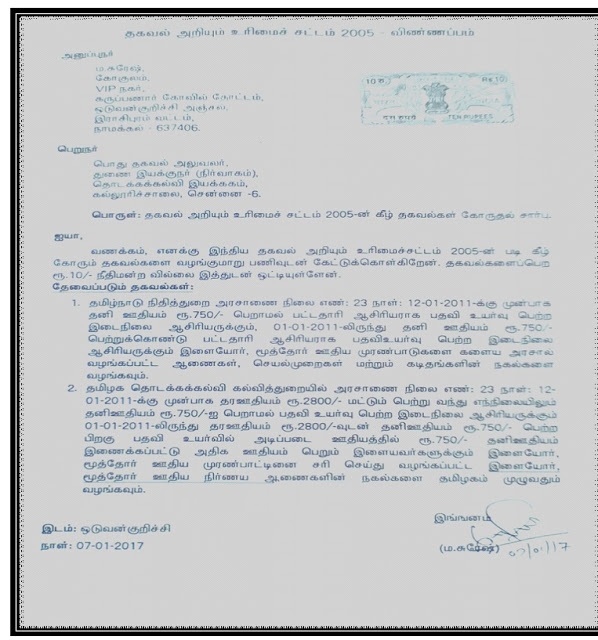CBSE unveils new exam format for classes VI to IX
The Central Board of Secondary Education has formally junked the continuous and comprehensive evaluation (CCE) scheme for classes VI to IX, being followed in affiliated schools since 2009. Replacing it from the coming academic year (2017-18) is a new format — 'uniform system of assessment, examination and report card' — that aims at standardizing teaching and evaluation across schools.
All students will be under a "uniform assessment" process from Class VI onwards and schools will have to adhere to CBSE's template, from examinations to report cards, which will now bear the logo of the board.
CBSE said schools under its fold have been following various systems of assessment and examination in classes VI to IX. The change is a step linked to the restoration of the Class X board examinations from 2018, said board chairperson R K Chaturvedi.
The new format is a "gradual movement towards quality education through standardization of teaching, assessment, examination and report card," he said.
Chaturvedi added that uniform standards had become imperative because disparities in the system were creating problems for students whenever they migrated to another school. "With the increase in CBSE affiliated schools from 309 in 1962 to 18,688 at present, a uniform system will ensure easy migration of students within the CBSE schools and also ease their difficulties while seeking admissions in new schools."
The new report cards for classes VI to VIII will be identical with rows which specify the terms, periodic, notebook, subject enrichment and half yearly/ yearly marks scored in each subject and the corresponding grades. It will also have co-scholastic assessment where students will be graded on a 3-point scale.
The format changes in Class IX where the report card will have scores of a single yearly term comprising a periodic test, notebook, subject enrichment and annual examination. The co-scholastic grading will be on a five-point grading scale.
Under the CCE scheme students were assessed based on two term-end 'summative assessments' and four 'formative assessments' (two each in each terms). Sixty percent of the assessment was pen-paper tests, while 40% formative assessment during the year was continuous evaluation by teachers based on various activities.
The new scheme too has two terms, but the pen-paper test weightage will be now 90%, which includes the 80 marks of the half yearly or yearly exam and 10 marks of the 20 marks set aside for periodic assessment in each term. Each term will be of 100 marks of which 10 marks will be for note book submission and subject enrichment (five marks each) under periodic assessment.
While the half-yearly (term 1) exams for all the classes from VI onwards will be based on syllabus covered till the exam time, the syllabus for yearly exams will have a slightly different format. These exams will increasing cover more of term 1 syllabus, starting with 10% for Class VI, 20% for Class VII and 30% for Class VIII.
"This is to gradually prepare the students for Class IX and higher classes where they will have to appear for exams for the entire syllabus. But it will happen gradually," said Chaturvedi.
